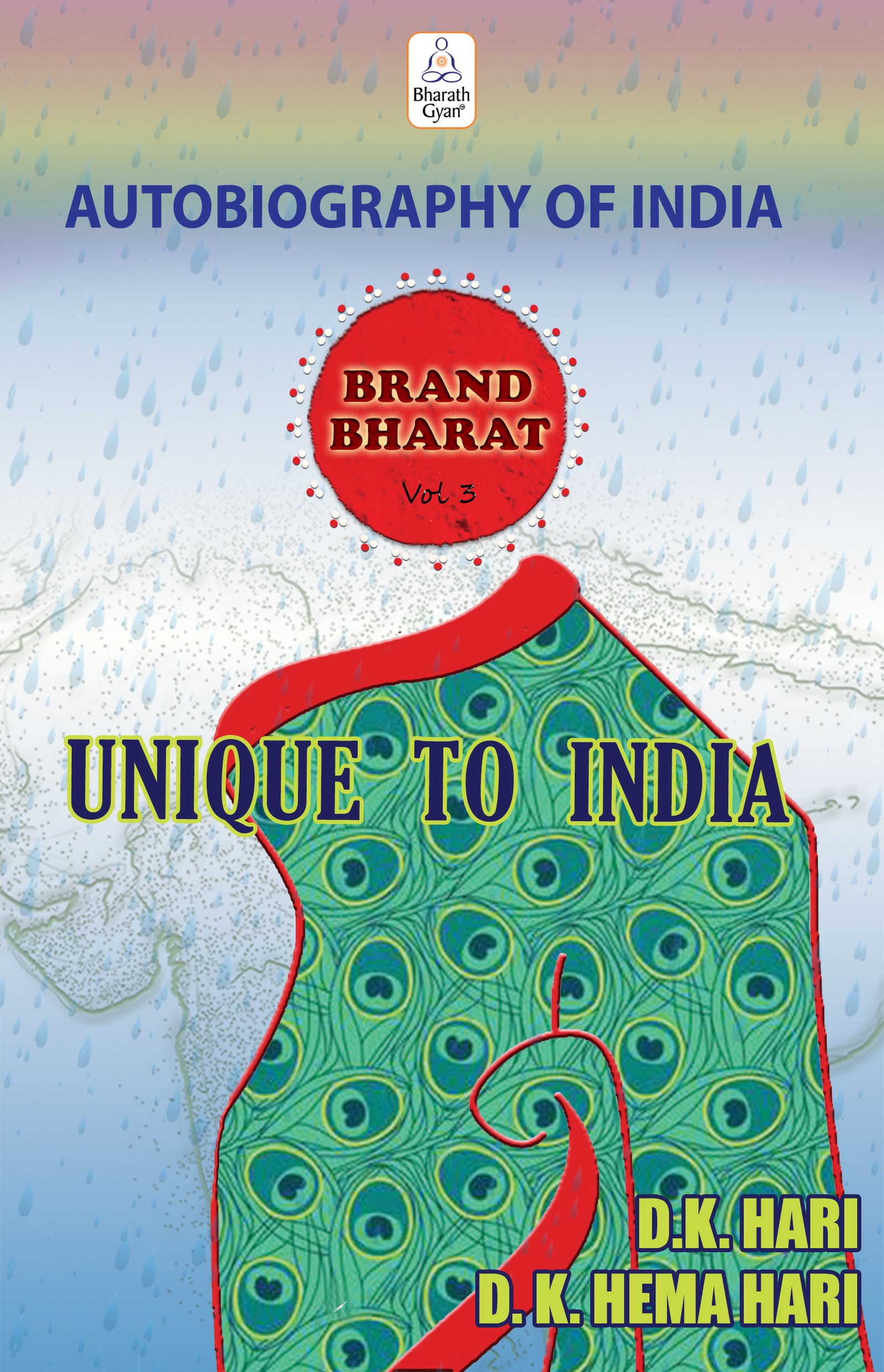It was around 334 BCE. Alexander the Great, from Macedonia was embarking on his campaign of conquering the world – Turkey, Central Asia and Persia.
At this juncture, Alexander was advised by his tutor, Aristotle, the celebrated thinker of Greece, to go all the way upto India in his expeditions, if he could.
Aristotle told Alexander stories of India’s prosperity, culture and wisdom. He also advised Alexander that there were many wise men in India and if at all Alexander were to meet any of them, he should treat them with respect.
He requested Alexander to bring back some of them, so that he could interact with them to exchange knowledge. Alexander had also heard about the river Ganges and the peacocks of India and so cherished a desire to see them.
Hence, after conquering Persia, Alexander started his march towards India, to conquer India and fulfill his desire of seeing the famed sights of India – the Ganges flowing, the Peacocks dancing and the wise Scholars.
A desire, that ironically remained a wishlist forever, for he could not cross into India and go upto the flowing Ganges, nor see the peacocks dance. He was wounded in his battle with Porus, an Indian regional chieftain, and lost his life on his way back to Greece.
But, this wishlist of Alexander goes to show the name and fame that the Ganges, peacocks and the scholars of India have enjoyed since more than 2500 years.
They are the true signs and unique marks of India indeed! But are these the only signs of India? What are the signs that conjure up a picture of India for the world today?
With the world having gained familiarity with India, Indians and the Indian way of living, there are many visible facets of India which bring to recall the land called India.
Of these, the visible facets that set apart India from the rest of the world has been highlighted and showcased in this volume “Unique to India”.
Released by Gurudev Sri Sri Ravi Shankar Ji in Bangalore, 19th September 2017


